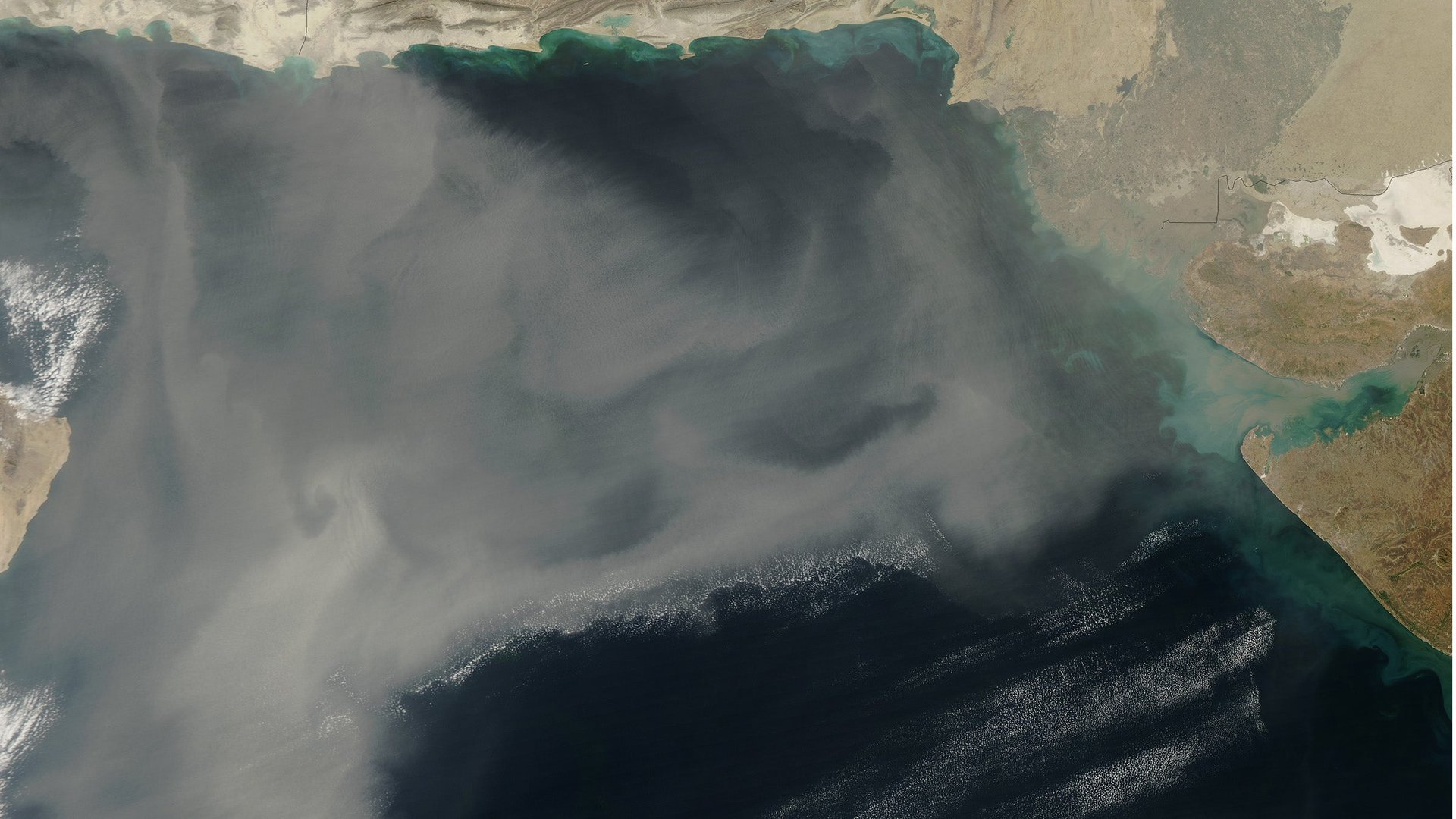How offshore exploration can lead to India’s energy independence
What do you think of GE’s BULLETIN series? We’re running a short, 30-second survey – click here to take it.


What do you think of GE’s BULLETIN series? We’re running a short, 30-second survey – click here to take it.
India’s sustained economic growth has placed enormous demands on the country’s energy resources, with much of the added supply coming from expensive, imported coal. While renewable energy resources are refined and perfected, India requires an expansion of domestic energy production to avoid continued power shortages.
Developing India’s substantial coastal gas reserves holds the potential to ameliorate the country’s current production problems. Of the 91 trillion cubic feet of Indian gas reserves yet to be recovered, an estimated 76 trillion cubic feet are in offshore fields. The investment case for opening these offshore fields is clear, too, as the sale price of this recoverable gas is currently higher than the anticipated costs associated with bringing it to the surface.

Indian companies are already making substantial investments in offshore gas exploration. In June, ONGC Limited announced plans to invest about $950 million by 2030 in the redevelopment of Bombay High, an offshore oil and gas field in the Arabian Sea. The company expects to realize an incremental yield of about 7 million tons of oil and 185 billion cubic feet of natural gas by end of the next decade.
Successful development of India’s remote offshore fields requires expertise and implementation of advanced technologies, including equipment that operates from the sea floor under extreme pressure and temperature conditions for long periods of time without manual intervention.
GE has engineered a complete range of pioneering subsea systems and deepwater technologies that deliver unmatched production in the harsh environments of the most challenging fields around the world. These technologies include subsea pumps and compressors, wellhead systems, blowout prevention systems, and the “industrial internet” Subsea Integrity Management analytics platform–an underwater remote monitoring system designed to increase production with data from sensors measuring vibration, temperature, and leak detection.
Many of GE’s latest subsea systems are designed with integrated smart communications and diagnostic technologies, remotely monitored and supported around the clock. Such innovations have been successfully deployed off the coasts of Australia, East Africa, Brazil, and in the North Sea. Implementation off India’s shores will allow the country to wean itself off coal while increasing much-needed domestic power generation. With India expected to be the world’s third largest energy consumer in just a few years, a favorable, long-term solution is waiting underwater.
The GE Innovation series
We’re running a short, 30-second survey about GE’s BULLETINs. Click here to take it.
Reducing India’s dependence on foreign oil and gas
This article was produced on behalf of GE by the Quartz Marketing team and not by the Quartz editorial staff.